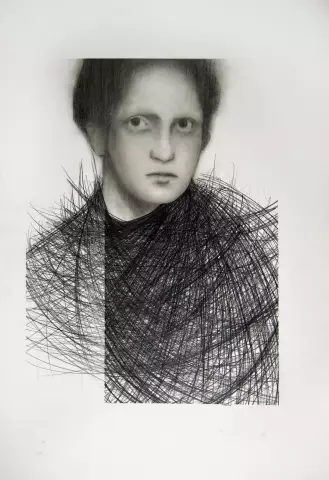- Author Rachel Wainwright [email protected].
- Public 2023-12-15 07:39.
- Last modified 2025-11-02 20:14.
Non-conformism

Nonconformism is understood as the denial of the foundations and rules that exist in any group, society or community, and the proposal of their own vision of the problem or situation. In other words, a person chooses his own path, and does not follow the rules that the crowd dictates to him.
There are examples of nonconformism in different spheres of life - politics, culture, art, science. In fact, nonconformists can be called all people (prominent figures and scientists) who were ahead of their time in their discoveries, and therefore were rejected by society (for example, Galileo Galilei, Giordano Bruno, etc.).
Popular philosophical theory of nonconformism
According to the popular philosophical theory of nonconformism, there are two types of it:
- Simply non-conformism is disagreement and rejection of the norms and values that dominate in society;
- Forced non-conformism - group pressure forces the individual to deviate from the goals and expectations of the community.
Generally speaking, protest and disagreement are inherent in people by definition, because they have repeatedly served as an impetus for development and progress in the history of mankind. Some evolutionists recognize that it was the primitive "nonconformism" that was expressed in the denial of animal principles that became the determining factor in anthropogenesis. Outcasts, rebels and adventurers, according to researchers, were the initiators of the humanization revolution.
As social organization becomes more complex, the role of such upstarts becomes more and more ambiguous. Any system, as it improves, seeks to suppress and even eliminate protest, and the more complex it is, the more opportunities it has for this. However, nonconformist elements do not remain in debt and are increasingly moving to extremist, exclusively destructive positions.
These interrelated processes are clearly visible in the modern world. The suppression is manifested in the systematic pushing of the "dissent" into the left political niche, and the protest - their emphatically anti-state and even antisocial orientation.
The ideology of nonconformism
Nonconformism is based on some kind of ideology. It can cover different levels - social, philosophical, values, and sometimes religious. When attempts are made to explain manifestations of protest only by the simplest social natural reactions, the latter aspect is often overlooked.
For example, the oppressed masses, who can no longer live in such conditions, rebel against the system and their oppressors. Indeed, this is an example of nonconformism, but by definition, it is impossible to rebel just because life is bad. For an uprising to be effective, it is necessary to have an ideology, a certain system of justifications. Just unwillingness to live in such a state is not enough. The worldview behind disobedience and protest is the ontological factor of non-conformism.
Any form of social protest - from ancient slave uprisings and palace coups to modern political revolutions - is an example of non-conformism and falls into its sphere.
Non-conformism in art
Independence of thinking and the "idea of disagreement" are manifested not only in the political structure of society. The epoch of the 60s-80s of the XX century is saturated with non-conformism in art - a kind of paradoxical reflection of the spiritual and social situation of those years in painting, literature, music, theater and cinema.

In the Soviet Union, unofficial creativity was defined as formalism, and therefore persecuted. Artists gave preference to form over content, and when creating it, they were completely independent and free. At the same time, courage was not only creative, but also human. Most likely, this is why nonconformism in art turned out to be so popular and interesting, because the picture, which was created under the threat of death, introduces an inner tension that is transmitted to the viewer.
The unique diversity of artistic manners and styles that distinguishes non-conformism has emerged thanks to a community of bright and strong individuals unique in the history of art.
Often, nonconformists are called oppositionists, since they do not mindlessly follow the rules, but try to fight them. However, they should not be confused with nihilists who deny all authority, morality and cultural values and offer nothing in return. In any example of non-conformism, the author offers his own vision. Nonconformists do not deny the accepted norms, but simply express a slightly different opinion on this matter.
Found a mistake in the text? Select it and press Ctrl + Enter.






